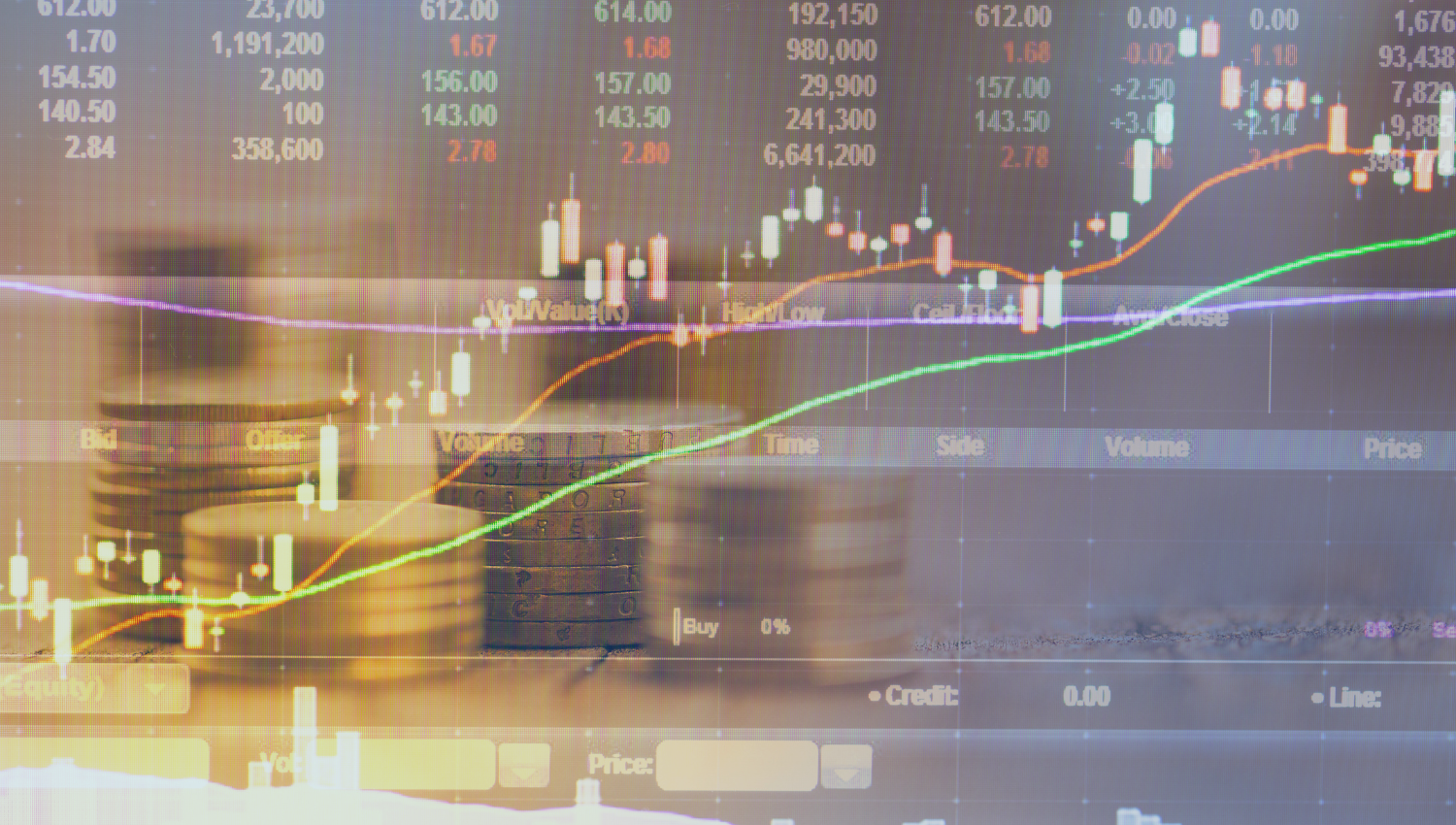Gold Prices and Market Dynamics: A Comprehensive Overview

Gold Market Trends on June 27
On Thursday, June 27, gold prices experienced a modest increase, driven by anticipation of critical U.S. inflation data that could shape the Federal Reserve's forthcoming interest rate decisions. Spot gold (XAU) climbed by 0.3% to $2,303.75 per ounce, recovering from its lowest level since June 10 recorded the previous day. Meanwhile, U.S. gold futures edged up by 0.1%, reaching $2,314.25.
Currency and Treasury Yield Movements
The dollar index weakened by 0.1%, following a near two-month high in the prior session. Typically, a softer dollar makes gold more attractive to holders of other currencies. This inverse relationship remains a key driver for gold prices. Additionally, the benchmark 10-year U.S. Treasury yields remained stable, adding to the complex dynamics that influence the precious metal's valuation.
Anticipated Inflation Data and Federal Reserve's Stance
Market participants are eagerly awaiting U.S. inflation data, including first-quarter GDP estimates and personal consumption expenditures (PCE) inflation figures expected later this week. The CME FedWatch Tool indicates a 62% chance of a rate cut in September. Fed Governor Michelle Bowman has reiterated that inflation is expected to decrease further if the policy rate is held steady, hinting that rate cuts could be appropriate if inflation trends towards the 2% target.
Geopolitical Tensions and Market Sentiment
Geopolitical tensions, particularly recent escalations in the Middle East, continue to impact gold prices by fostering fears of broader regional conflicts. These tensions, combined with the Federal Reserve's less dovish stance, create a "tug of war" for gold prices, balancing between geopolitical risks and monetary policy expectations.
Analysts' Insights and Market Performance
Despite recent dips, gold prices have found support around the $2,300 level. Han Tan, chief market analyst at Exinity Group, observed that dips below $2,300 since April have been short-lived, indicating strong underlying support for gold. However, the outlook for gold could be challenged if the prospects for Federal Reserve rate cuts diminish. Tim Waterer, chief market analyst at KCM Trade, noted that rising bond yields and a strong dollar have created headwinds for gold. Should upcoming PCE inflation data reduce expectations for imminent rate cuts, gold prices could potentially decline towards the $2,270 level.
Performance of Other Precious Metals
Other precious metals saw mixed results. Spot platinum (XPT) decreased by 0.6% to $1,004.40, while palladium (XPD) dropped by 0.7% to $922.22. Conversely, silver (XAG) posted a slight increase of 0.1%, reaching $28.74.
Global Market Context
Broader financial markets exhibited nervousness regarding inflation. Asian shares declined, and bond yields surged, influenced by rising U.S. yields and inflation concerns. The yen's slide past 160 per dollar sparked speculation about potential intervention by Japanese authorities. The strength of the dollar, bolstered by high U.S. yields, affected other currencies and contributed to overall market volatility.
Risk-On and Risk-Off Sentiments
- Risk-On Sentiment: Characterized by investor optimism and preference for higher-yielding assets, leading to reduced demand for safe-haven assets like gold. Positive economic data, corporate earnings reports, and progress in resolving geopolitical tensions can drive this sentiment.
- Risk-Off Sentiment: Dominated by heightened uncertainty or market turmoil, prompting investors to seek safe-haven assets. Geopolitical conflicts, disappointing economic data, or significant market corrections can trigger this sentiment, increasing demand for gold.
Current Market Dynamics
The present market environment reflects a blend of both risk-on and risk-off sentiments:
- Risk-On Factors: Positive economic indicators, such as strong GDP growth or labor market improvements, can lead to temporary sell-offs in gold as investors pivot towards equities and other growth-oriented assets.
- Risk-Off Factors: Persistent inflation concerns and the Federal Reserve's cautious stance on interest rate cuts bolster gold prices as investors seek safety amidst potential economic challenges and geopolitical uncertainties.
Conclusion and Outlook
Gold prices are currently influenced by a myriad of factors, including U.S. inflation data, Federal Reserve policy expectations, geopolitical tensions, and broader market dynamics. While the recent dip to two-week lows underscores the market's sensitivity to these elements, the overall outlook for gold depends on upcoming economic data and central bank policies. As traders and investors navigate these complexities, gold's role as a hedge against inflation and geopolitical risks remains a focal point in the market.
Open an account today to unlock the benefits of trading with CMS Financial

